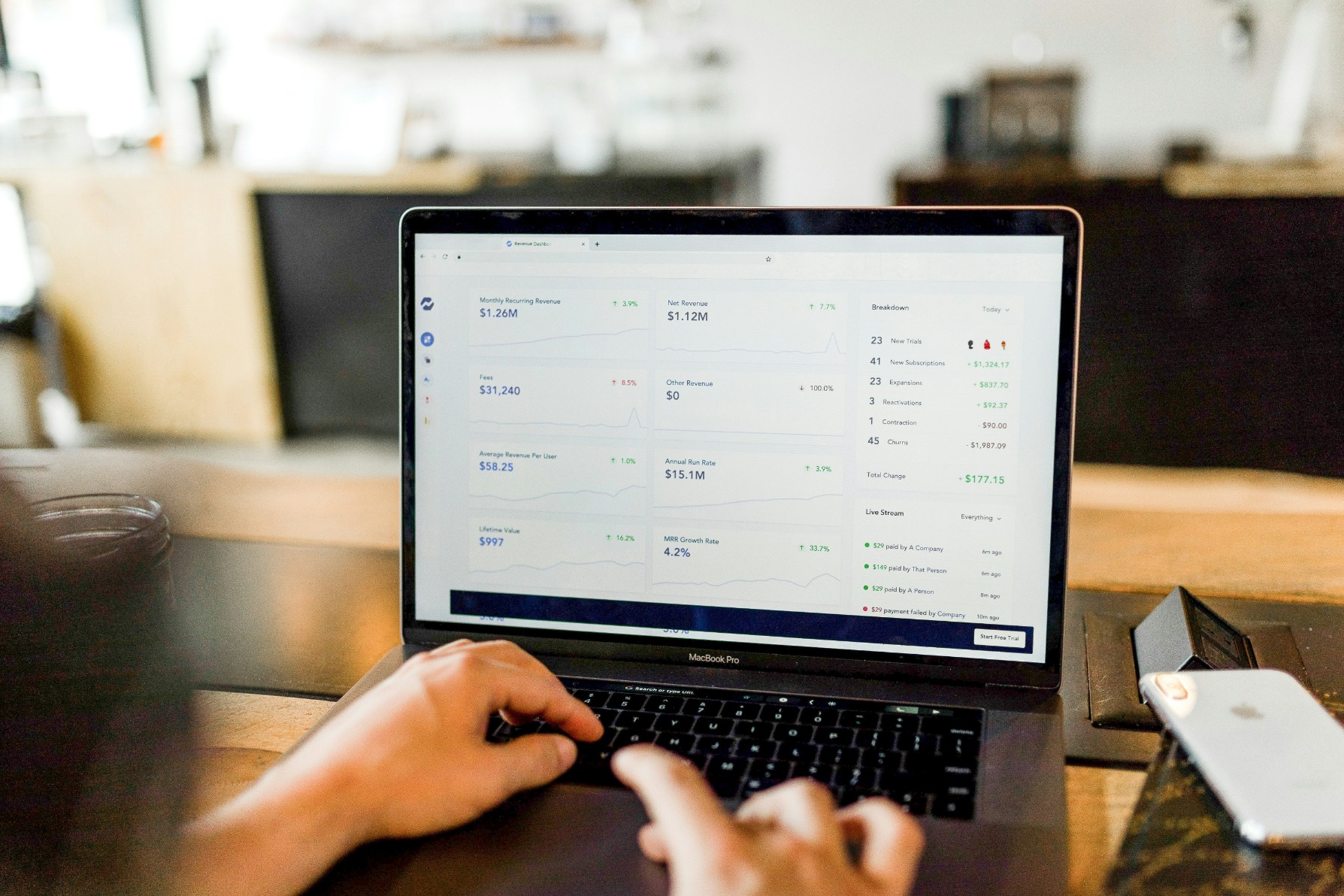At some point, most businesses encounter procurement risks and the challenges they bring. The consequences that come with them may be dire. Reduced profit, disrupted workflows, and inefficient work environments are just some of them.
Fortunately, procurement analytics helps ensure business continuity and profitability despite the risks. With the procurement landscape growing increasingly more complex, having a unified analytics tool is a must. For scaling businesses, such solutions can be used to identify and eliminate risks at their root.
In this article, we will explore key procurement risks and the most effective ways of managing them. Then, we will cover the tools that can assist and how analytical solutions can help your risk management strategy.
Understanding Procurement Risks: Why They’re Critical to Your Business
In their essence, procurement risks are threats within procurement activities. They can affect or even disrupt various business operations, financial health, and reputation. Some of the most common types include supplier risks, contract disputes, security risks, and procurement fraud.
Types of Procurement Risks: From Contractual to Cybersecurity
Procurement risk types vary widely, often specific to industries or contexts. Here are common procurement risk examples:
- Supplier-related risks: Delays, financial instability, and quality issues.
- Procurement contract risks: Ambiguities in contracts causing legal disputes or operational disruptions.
- Security risks of procurement: Cyberattacks, data breaches, and loss of sensitive information.
- Procurement fraud risks: Internal fraud, bid-rigging, and corruption.
- Operational risks: Errors, inefficiencies, or compliance violations.
- Risks associated with e-procurement systems: Data breaches, technical failures, and system incompatibilities.
Industry-Specific Procurement Presents Additional Risks
Some of the risks are common for various industries, while others affect specific spheres. For instance, construction procurement risks involve contractual disputes, delayed deliveries, and compliance with local regulations. Contrarily, care providers may struggle with health standards compliance, quality control, and other issues.
Before starting procurement risk management, consider all the characteristics of your company and field. While some risks may be insignificant for you, others may pose a large threat, so knowing what to address first is vital.
Ways to Identify Procurement Risks
Effective procurement risk management involves systematic risk identification, analysis, and implementation of targeted solutions.
How to Identify Procurement Risks
Start with identifying procurement risks that may arise. Try the following methods:
- Conduct procurement audits regularly.
- Review historical procurement data.
- Use procurement analytics and purchase order software to detect unusual patterns.
Procurement Risk Matrix: Prioritizing Action
A procurement risk matrix helps teams categorize risks based on their likelihood and possible impact. This, in turn, helps prioritize risks that need immediate attention. Using such a matrix, companies can visually assess where resources and attention are most urgently required. Moreover, it is a great way to determine the numerical value of the risk and run a comprehensive comparison.
Methods for Managing Procurement Risks: From Controls to Technology
Procurement Risks and Controls
Any effective procurement risk management starts with establishing controls:
- Set Clear Policies: Vagueness comes with unclear procurement that bears negative consequences. Start with outlining all the procedures and roles clearly and explicitly.
- Regular Performance Reviews: Continuous tracking monitors your results and provides data for future analysis.
- Automated Workflows: The more processes are automated, the lower the chance of failure. Use specialized procurement analytics solutions to eliminate human error and streamline procurement activities.
How to Mitigate Procurement Risks Effectively
Mitigation strategies depend on the identified risks:
- Supplier diversification: Reduces dependency on a single supplier, ensuring continuity.
- Enhanced Cybersecurity Measures: These measures are especially important to mitigate the security risks of procurement.
- Detailed Contract Management: Clear contract terms to avoid misunderstandings and legal issues.
- Centralized Data Systems: Procurement analytics platforms offer centralized management. This helps reduce manual errors and associated procurement fraud risks.
E-Procurement Benefits and Risks: A Balanced Approach
While e-procurement is one of the best modern procurement practices, it comes with its own risks. Let’s take a look at them more closely:
Risks Associated with E-Procurement Systems
- Cybersecurity vulnerabilities: Risks of hacking and unauthorized data access.
- Integration complexities: Issues integrating multiple systems across platforms.
- Supplier Dependency: Reliance on vendor-managed technology platforms poses operational vulnerabilities.
Methods for Managing Risks of E-Procurement
- Regularly update security protocols.
- Choose trusted platforms with strong encryption and a reliable core.
- Implement user access controls to reduce internal security risks of procurement.
- Diversify suppliers to always have a contingency plan.
Procurement Risks in Project Management: Focus Areas
Managing procurement risks in project management demands early planning. Understanding the potential risks at the procurement strategy stage helps reduce later-stage challenges. Project managers must assess:
- Supplier performance and reliability.
- Potential risks and impacts of e-procurement.
- Risks of delays and their potential impact on project timelines.
Public Procurement Risks: Ensuring Transparency and Integrity
Public procurement carries higher risks. Due to the scrutiny and regulatory requirements involved, companies may face special threats. These include corruption on several levels, conflict of interests, bid manipulation, and questionable decision-making processes.
Public procurement usually involves large amounts of money and complex processes, making it attractive for those within to exploit the system. Moreover, rigid competition can expose businesses to unethical practices. Therefore, maintaining transparency and integrity at all levels of operation is a must.
The nature of these risks is related to substantial volumes involved in public contracts. This, in turn, amplifies a business’s vulnerabilities, potentially leading to substantial financial and reputational losses or even legal repercussions.
While the risks may seem overwhelming, all of them can be avoided by these simple steps:
- Implementing Transparent Processes: Ensure no processes hide behind closed doors. The more transparent your procurement is, the lower the chance of misconduct or abuse.
- Rigorous Audits: Conduct regular and meticulous audits of the whole firm. This helps identify risks before they escalate.
- Procurement Analytics Software: An automated system helps unify and track all the processes with comfort.
Frequently Asked Questions About Procurement Risks
What are Procurement Risks?
Procurement risks are potential threats that disrupt procurement processes. They typically lead to negative financial or operational outcomes.
How to Mitigate Procurement Risks?
Utilize thorough procurement analytics, clear procedures, automated controls, and consistent supplier evaluation.
What are the Examples of Procurement Risks?
Vendor inconsistencies, unclear contract terms, cyberattacks, poor policy and/or regulation compliance, etc.




























